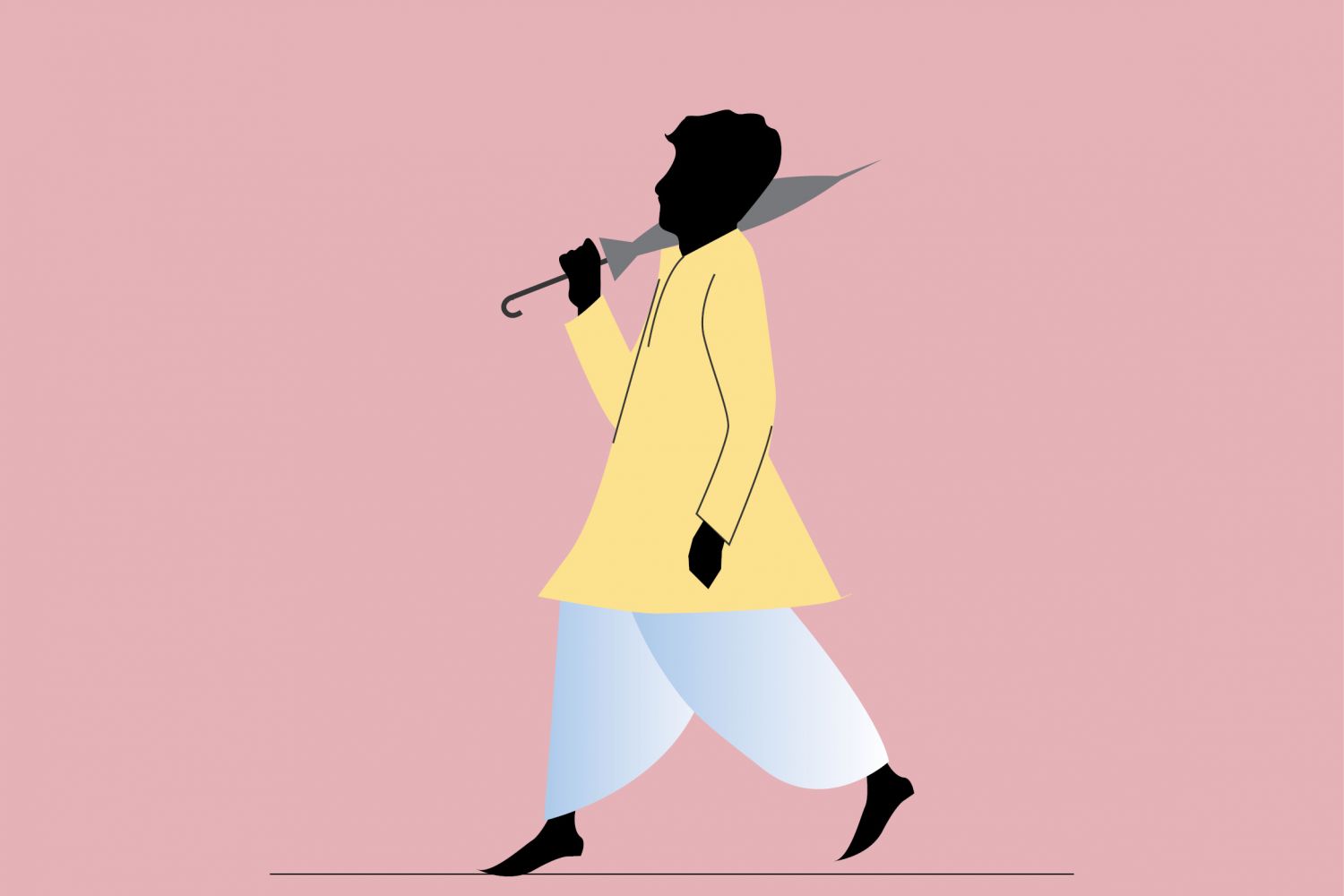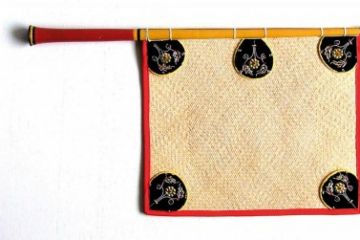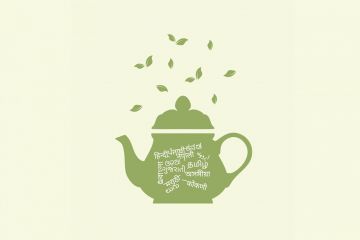
The Bengali Bhadralok has never been easy to define either as an individual or as part of a group belonging (essentially) to the upper castes—Brahmin, Kayastha, Vaishya. Others with not so privileged caste credentials also became part of the “bhadralok community”, getting there through sheer enterprise and hard work.The historian Narayani Gupta, in an e-mail made the following observations: “The word is obviously a translation of ‘gentlemen’ and, since the concept of ‘class’ was n





